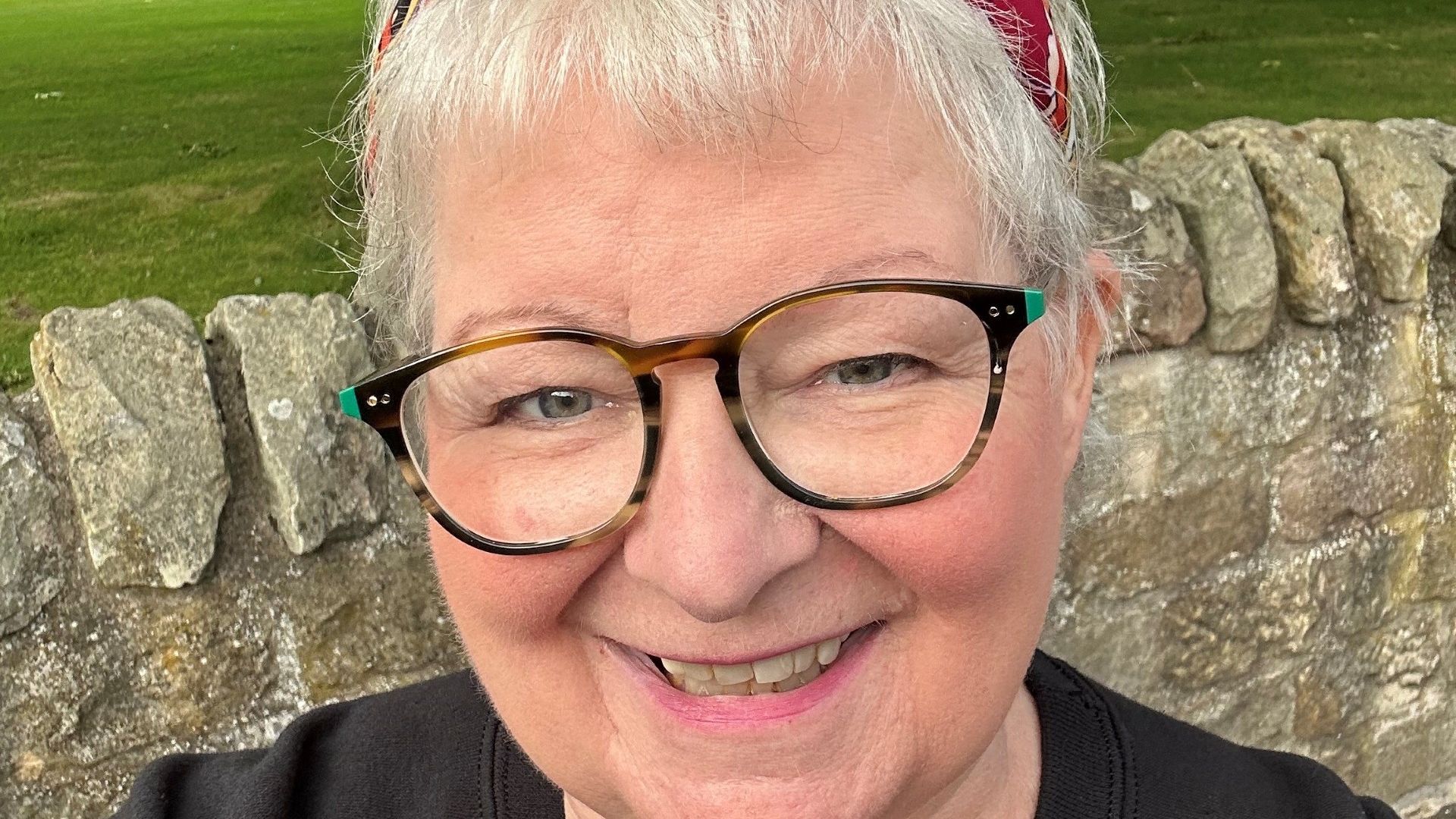
Birding is typically a solitary adventure, except when it isn’t.
A whole slate of group birding opportunities is coming up fast. In fact, registration for one birding festival has already opened. Three more will open soon.
The Wings, Waves & Woods Festival, May 19-21, is centered around Deer Isle and Stonington. It’s timed for when the warbler wave of migrants is just starting to peak. It’s also the earliest puffin trip of the year in Maine, with a voyage out to Seal Island. Organizers are putting the final touches on the schedule, and registration is expected to open soon.
The following weekend, the Down East Spring Birding Festival provides a two-nation vacation in the Cobscook Bay area from Lubec to Campobello to Eastport, and all the way up to Moosehorn National Wildlife Refuge in Baring. This is the 20th anniversary of the festival. I’m proud to say that I went on the first walk of the first festival, and I’ve been guiding walks for it ever since, on both sides of the U.S.-Canadian border. Cobscook Institute now runs the festival, and registration opened March 1.
The Acadia Birding Festival is the oldest of Maine’s birding festivals, now in its 24th year. Although centered on Mount Desert Island, scheduled excursions go up and down the coast and out to sea. The festival also features a large slate of workshops and nationally known speakers. Registration for the June 1-4 festival is set to open in early April.
Rangeley Lakes Heritage Trust organizes the Rangeley Birding Festival, taking place June 9-11. It’s decidedly different from the coastal festivals, due to its northern interior location. Migration will be over, and the birds will have settled into predictable spots. Much of the focus will be on finding species of the boreal forest that aren’t found elsewhere in Maine, including one trip up Saddleback Mountain in search of the rare Bicknell’s Thrush. Registration opens April 1.
What’s the difference between an inexperienced birder and an experienced birder? Experience, duh. Backyard birders can generally recognize the species coming to their feeders, plus a few non-feeder birds they see often. With minimal effort and just a bit of practice, nature lovers can learn more about the birds that live and breed beyond their backyards. By taking a moment to observe birds wherever they go, new birders gain the experience to recognize more birds in more places each season. Skills slowly improve with experience.
A quicker way to gain experience is to steal it. Organized festivals and walks match up knowledgeable leaders with participants of all skill levels. One thing experts have in common is that they enthusiastically share their experience with others. Casual birders start out by learning species by shape and color. However, birds are spinning off a whole bunch of other clues, which experts can point out.
Bird songs are one obvious hint. Experienced birders can identify birds without ever seeing them. Some of the most colorful warblers are treetop singers. Most people would walk right under them without knowing they were there. For instance, the brilliant orange Blackburnian warbler is notorious for singing high in the foliage.
Experienced birders recognize habitat clues. For example, pine warblers nest in big stands of white pine. Common yellowthroats nest in low shrubs. Palm warblers prefer boggy habitats. Chestnut-sided warblers like regenerating woodland edges. Experts notice and share that experience.
Bird behaviors yield clues. Some distant birds can be identified simply by how they fly. Experienced birders can tell the difference between bald eagles, turkey vultures and ospreys even when they’re a mile away. Brown creepers, nuthatches, woodpeckers and black-and-white warblers all walk up the side of a tree trunk, but each does it differently.
Another big advantage of attending festivals and local walks is that they typically occur in some of Maine’s birdiest areas. Participants learn not only what the birds are, but where they are, and even when they are. Many of the migrant birds during the season’s first festival are just starting to pass through. By the fourth festival, migration is largely over, and the birds have settled into their nesting areas for the summer. Timing is everything.
Mornings are best for birding. Birds are active and announcing their whereabouts through territorial songs. Most festivals set aside time during the quieter afternoons for expert talks and workshops. It’s an exceptionally fast way to learn new identification tips.
You can learn a lot on your own. You can learn a lot faster in groups. Join the fun.











